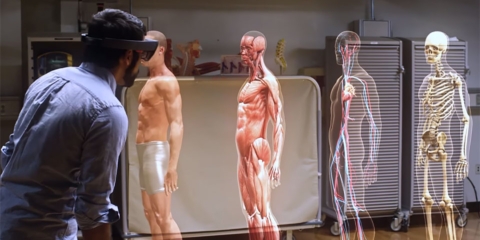Would you like to get notifications from Christian?
Wat is er gebeurd?
Onderzoekers hebben geluidsgolven gebruikt om stamcellen om te zetten in botcellen, een vooruitgang op het gebied van weefselengineering die op een dag patiënten zou kunnen helpen bot te hergroeien dat verloren is gegaan aan kanker of degeneratieve ziekten. De innovatieve stamcelbehandeling van onderzoekers van de RMIT University biedt een slimme manier om enkele van de grootste uitdagingen op dit gebied aan te gaan, door middel van de precisiekracht van hoogfrequente geluidsgolven.
Lees het oorspronkelijke artikel: https://bit.ly/34YSeC7
Waarom is dit belangrijk?
Weefselmanipulatie is een opkomend gebied dat zich richt op de wederopbouw van botten en spieren door gebruik te maken van het natuurlijke vermogen van het menselijk lichaam om zichzelf te genezen. Een belangrijke uitdaging bij de hergroei van bot is de behoefte aan grote hoeveelheden botcellen die zullen gedijen en bloeien zodra zij in het doelgebied zijn geïmplanteerd. Tot op heden is bij experimentele processen om adulte stamcellen in botcellen om te zetten gebruik gemaakt van ingewikkelde en dure apparatuur en is de massaproduktie moeilijk geweest, waardoor een wijdverbreide klinische toepassing onrealistisch is. Bovendien is bij de weinige klinische proeven waarbij is getracht opnieuw bot te kweken, grotendeels gebruik gemaakt van stamcellen die uit het beenmerg van de patiënt zijn gehaald - een zeer pijnlijke procedure. In een nieuwe studie, gepubliceerd in het tijdschrift Small, toonde het RMIT-onderzoeksteam aan dat stamcellen die met hoogfrequente geluidsgolven waren behandeld, snel en efficiënt in botcellen veranderden. Belangrijk is dat de behandeling effectief was op meerdere soorten cellen, waaronder stamcellen uit vet, die veel minder pijnlijk zijn om uit een patiënt te halen. Co-hoofdonderzoeker Dr. Amy Gelmi zei dat de nieuwe aanpak sneller en eenvoudiger was dan andere methoden:
Christian is a futurist and trendwatcher who speaks about the impact of exponential technologies like AI on organizations, people, and talents. Christian tailors his presentations to your audience's specific industries and needs.
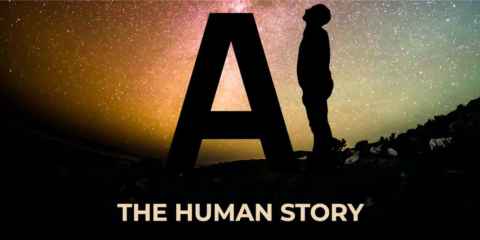


Our world is changing at an exponential rate! A big tidal wave of digital transformation and disruption is coming at us fast. Many organizations see this wave as a threat and experience stress, but there are also organizations that just see this wave as an opportunity.

Imagine sitting with just 10-15 fellow executives at a premier location, gaining clarity on the impact of AI on your industry while enjoying an exquisite dining experience. These are not just meetings—they are transformative moments that will shape the future of your organization

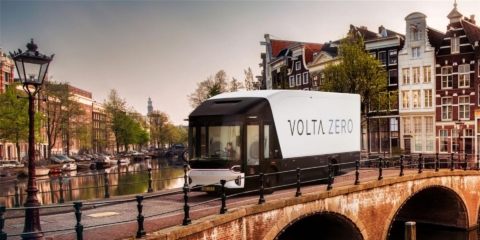

In the future, 3D printing and generative design will allow for products to be designed in a more decentralized manner, and production will take place closer to the customer and fully on-demand. 3D printing technology will also allow for more customization and personalization of products.

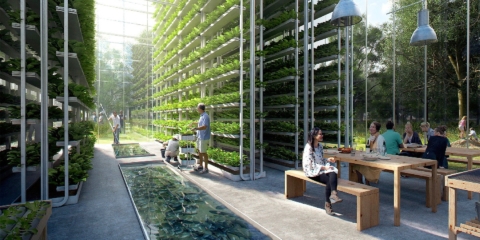
The agricultural industry is ripe for disruption. Robotics, AI, and IoT are all technologies that have the potential to radically transform the way we grow food. In combination with vertical farming, these technologies could increase the efficiency and quality of agricultural products.
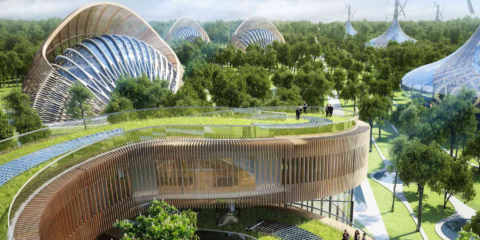
A human-centered society is one that puts people first and where technology is used to unite and empower people. It is a society that values biological life and dignity above all else. It is a society that recognizes the importance of human relationships and works to strengthen them. In a human-centered society, all members of the community are valued and treated with respect.

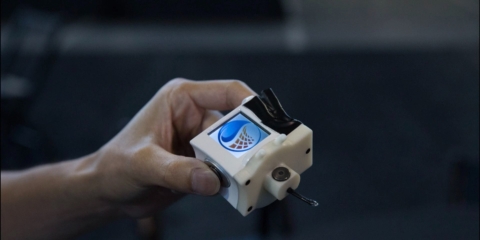
The future of healthcare is here. New technologies like AI, IoT, big data, and smart sensors make it possible to become the CEO of your own health. Imagine that your phone can listen to your voice and AI algorithms can detect small nuances in the tone of your voice that indicate specific diseases.
